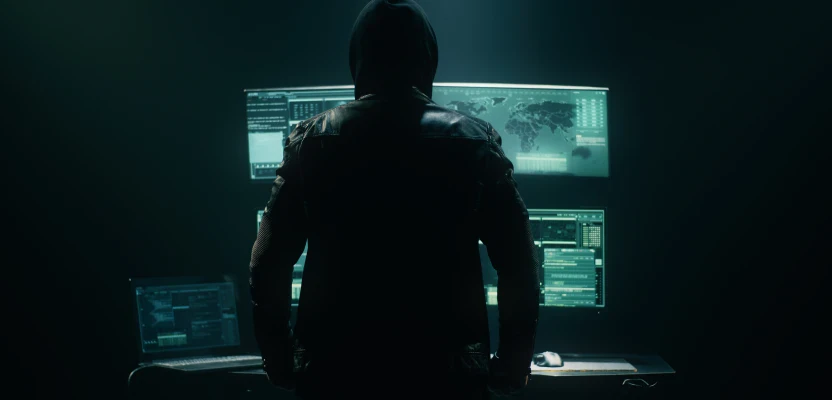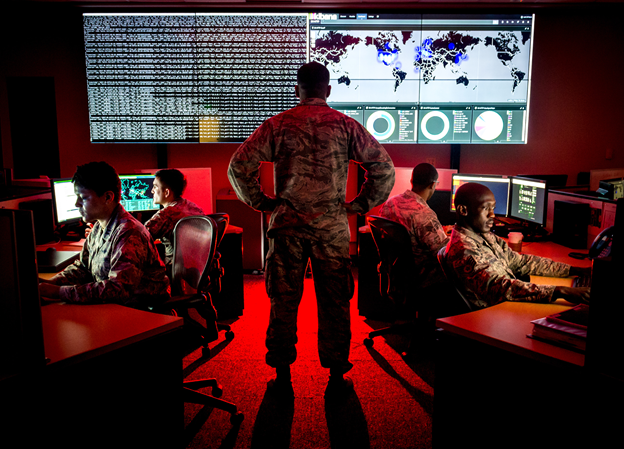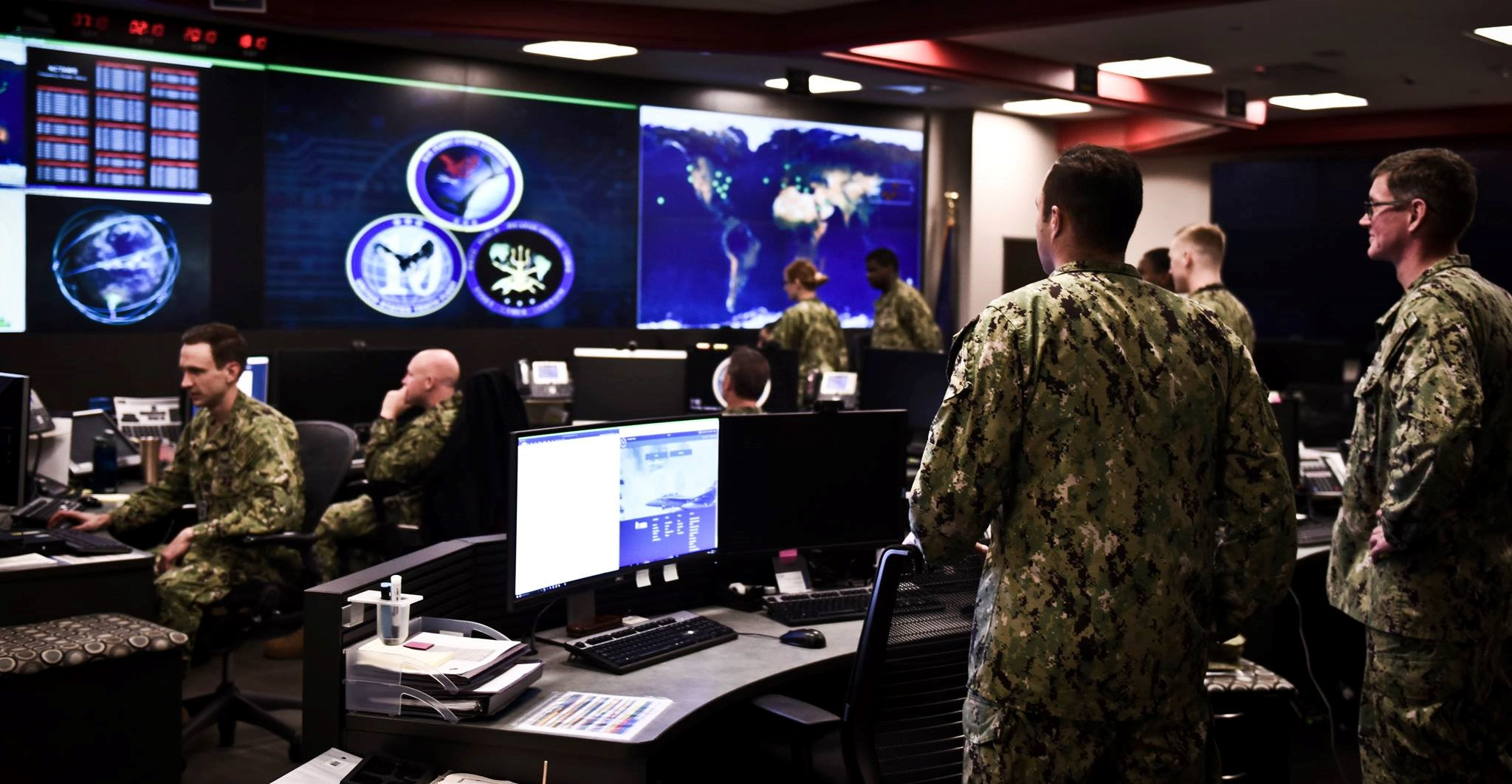
The concept of warfare has transcended beyond the traditional battlefields to the digital realm. Cyber warfare, a term that once belonged in the lexicon of science fiction, is now a critical component of national security strategies around the globe.
- Defining Cyber Warfare
- What drives nations and organizations to engage in Cyber Warfare?
- Cyber Warfare vs Cyber War in the digital age
- Cyber Warfare in international law
- Key historical Cyber Warfare incidents
- Conclusion
Defining Cyber Warfare
Cyber warfare refers to the deployment of digital attacks by states, organizations, or individuals to damage, disrupt, or spy on an enemy's digital infrastructure. These cyber operations can target various sectors including government networks, critical infrastructure, and corporate systems, with the intent to steal, alter, or destroy data that is critical to national security, economic stability, or public safety.
The tools of Cyber Warfare
Cyber warfare utilizes a variety of tools and techniques that include, but are not limited to:
- Malware. Malicious software designed to disrupt, damage, or gain unauthorized access to computer systems.
- Ransomware. A type of malware that encrypts a victim's files and demands payment to restore access.
- Spyware. Software that enables the covert gathering of information about a person or organization.
- Denial-of-Service (DoS) and Distributed Denial-of-Service (DDoS) attacks. These attacks aim to make a machine or network resource unavailable to its intended users by temporarily or indefinitely interrupting services of a host connected to the internet.
- Phishing. A method of trying to gather personal information using deceptive e-mails and websites.
What drives nations and organizations to engage in Cyber Warfare?

The motivations for engaging in cyberwarfare are complex and varied, reflecting the multifaceted nature of global power dynamics and strategic interests.
- National security and dominance. At the heart of many cyberwarfare initiatives is the pursuit of strategic advantage. Nations use cyber operations to bolster their national security by weakening potential adversaries. This can involve disrupting military communications, stealing sensitive defense information, or even incapacitating critical infrastructure to gain the upper hand in a geopolitical conflict. Cyberwarfare allows countries to assert their dominance discreetly, often without the political and international backlash that conventional military actions might provoke.
- Influence and control. Cyberwarfare also serves as a tool for political manipulation and control. This includes efforts to influence electoral outcomes, sway public opinion, and destabilize governments. By infiltrating digital systems, such as voting infrastructure or political party networks, state-sponsored hackers can leak information, spread disinformation, and create political unrest. These cyber tactics have been observed in numerous global elections, where they have been used to undermine political integrity and manipulate democratic processes.
- Espionage and sabotage. Economic espionage through cyberwarfare is another significant motivation for actors on the digital battlefield. By hacking into the networks of corporate entities and governments, cyber attackers can steal trade secrets, intellectual property, and strategic financial data that can provide competitive advantages to their home country’s industries. Furthermore, sabotaging a competitor nation’s critical economic sectors, such as finance, energy, or telecommunications, can cripple its economy, thereby improving the attacking nation’s relative economic standing.
- Propaganda and social engineering. Ideological motives often drive non-state actors, such as terrorist groups or hacktivists, to engage in cyberwarfare. These actors use cyber tools to propagate their beliefs, recruit members, and mobilize support. Social engineering and cyber propaganda campaigns can effectively spread ideologies, misinformation, or social discord, aiming to achieve political, religious, or social objectives.
- Revenge and retaliation. Cyberwarfare can also be motivated by the desire for revenge or retaliation against perceived injustices or previous attacks. States might deploy cyber operations to retaliate against other countries that have launched their own cyber attacks, thus engaging in a cycle of digital tit-for-tat.
Cyber Warfare vs Cyber War in the digital age

Cyberwarfare refers to the strategies and tactics involving the use of cyber technology to conduct hostile actions against a state, organization, or individuals. The key characteristic of cyberwarfare is its ongoing nature as part of broader national security strategies and its use in peacetime for surveillance, intelligence gathering, and preparatory measures for potential conflicts.
Cyber War is a term that describes a subset of cyberwarfare, which pertains to actual declared or undeclared war-like actions conducted through cyber means. This type of conflict involves the intensive, comprehensive use of cyber activities aimed directly at damaging an adversary's capabilities or infrastructure to achieve specific wartime objectives. Cyber war is considered an escalation of cyberwarfare, involving direct, targeted attacks that could be part of a larger military strategy.
Key differences and similarities
Scope and intensity:
- Cyberwarfare is broader and includes a variety of actions conducted over an extended period, often as part of ongoing national defense strategies.
- Cyber War refers specifically to intense cyber operations conducted as part of or in lieu of traditional military engagements during periods of declared or intense conflict.
Objectives:
- Cyberwarfare may aim to subtly undermine or weaken an adversary over time, gathering intelligence or preparing the cyber battlefield for potential future conflicts.
- Cyber War seeks to deliver crippling blows to an adversary’s infrastructure and operational capabilities, directly impacting their ability to wage war or respond to attacks.
Visibility and public awareness:
- Cyberwarfare operations often remain covert, with the general public and even other nations unaware of their occurrence.
- Cyber War tends to become known and publicized, especially when it results in significant damage or coincides with physical military operations.
Cyber Warfare in international law

Despite its rising prominence, cyber warfare occupies a murky space in international law, primarily because traditional legal frameworks were not designed to address the cyber realm.
Key legal frameworks governing Cyber Warfare
- United Nations Charter. The UN Charter is a cornerstone of international law, relevant to cyber warfare particularly under principles that govern state sovereignty and the prohibition of the use of force. Article 2(4) of the Charter prohibits states from using force against the territorial integrity or political independence of any state, or in any other manner inconsistent with the purposes of the United Nations. Applying this to cyber operations, any act that significantly disrupts another country's critical functions could be viewed as a breach of this principle.
- International Humanitarian Law (IHL). Also known as the law of armed conflict, IHL applies to the conduct of warfare and protection of persons during wars. The principles of distinction, proportionality, and necessity guide whether and how cyber operations are conducted during armed conflicts. Cyber operations during wartime that target civilian infrastructure without offering a definite military advantage can violate IHL.
- Tallinn Manual. While not legally binding, the Tallinn Manual is a significant scholarly work on international law applicable to cyber warfare. Developed by legal scholars and practitioners, the Manual delves into how international law applies to cyber conflicts and cyber warfare, offering interpretations and guidance on matters like sovereignty, state responsibility, and the law of sea and air in the context of cyber.
Challenges in enforcing international law in cyberspace
- One of the biggest hurdles in applying international law to cyber warfare is attribution. Identifying the party responsible for a cyberattack is often technically difficult and politically sensitive, which complicates legal responses.
- The rapid pace of technological innovation can outstrip the slower processes of international lawmaking, leaving gaps in regulations that need to be continuously addressed.
- Different countries have varying capabilities in cyberspace and different interpretations of how international laws apply to cyber operations, which leads to inconsistent enforcement and application of laws.
Key historical Cyber Warfare incidents

Over the past decades, several high-profile cyberattacks have not only disrupted the operations of nations but also tested the resilience and adaptability of international law.
1. Estonia (2007)
In April 2007, Estonia became the victim of a massive cyberattack. The assault targeted government, news media, and banking websites, crippling the digital infrastructure of a country heavily reliant on internet services. This incident highlighted the vulnerability of national infrastructures to cyberattacks and prompted NATO to enhance its cybersecurity initiatives.
2. Stuxnet (2010)
Perhaps the most well-known example of cyberwarfare, the Stuxnet virus was a sophisticated computer worm discovered in 2010. It targeted the software of Iranian nuclear facilities, causing physical damage to the uranium enrichment centrifuges. The Stuxnet attack is often cited as a seminal event in cyberwarfare, illustrating how digital attacks can achieve strategic objectives that previously required physical military operations. This incident spurred debates on the applicability of international humanitarian law to cyber operations, especially concerning the principles of proportionality and distinction.
3. Sony Pictures Hack (2014)
The cyberattack on Sony Pictures Entertainment, attributed to North Korea by the United States, was allegedly in retaliation for the release of "The Interview", a film that mocked the North Korean leader. The hackers not only stole sensitive information, including personal data about employees and unreleased films but also wiped data from servers, causing significant financial and reputational damage.
4. Ukraine Power Grid Attack (2015)
In December 2015, a coordinated cyberattack struck the Ukrainian power grid, causing outages for thousands of people during the winter. This attack was significant as it was one of the first known successful cyber operations to cause a prolonged disruption of a critical public utility.
5. WannaCry Ransomware Attack (2017)
The WannaCry ransomware attack in May 2017 affected more than 200,000 computers across 150 countries, disrupting healthcare, telecommunications, and logistics services. It exploited vulnerabilities in older Windows operating systems, including those used in critical sectors. The attack, linked to hackers affiliated with North Korea, prompted widespread calls for improved international cooperation in cybersecurity and raised discussions about the need for global norms and treaties to manage state and non-state cyber activities.
Conclusion
As technology advances, so too does the nature of conflict. Cyber warfare has emerged as a pivotal arena in contemporary security, compelling nations, corporations, and individuals to navigate a landscape where digital threats loom large. This form of warfare is not just about the technicalities of cyber attacks and defenses; it is also deeply entwined with the geopolitical, economic, and social fabric of our global society.




Comments 0